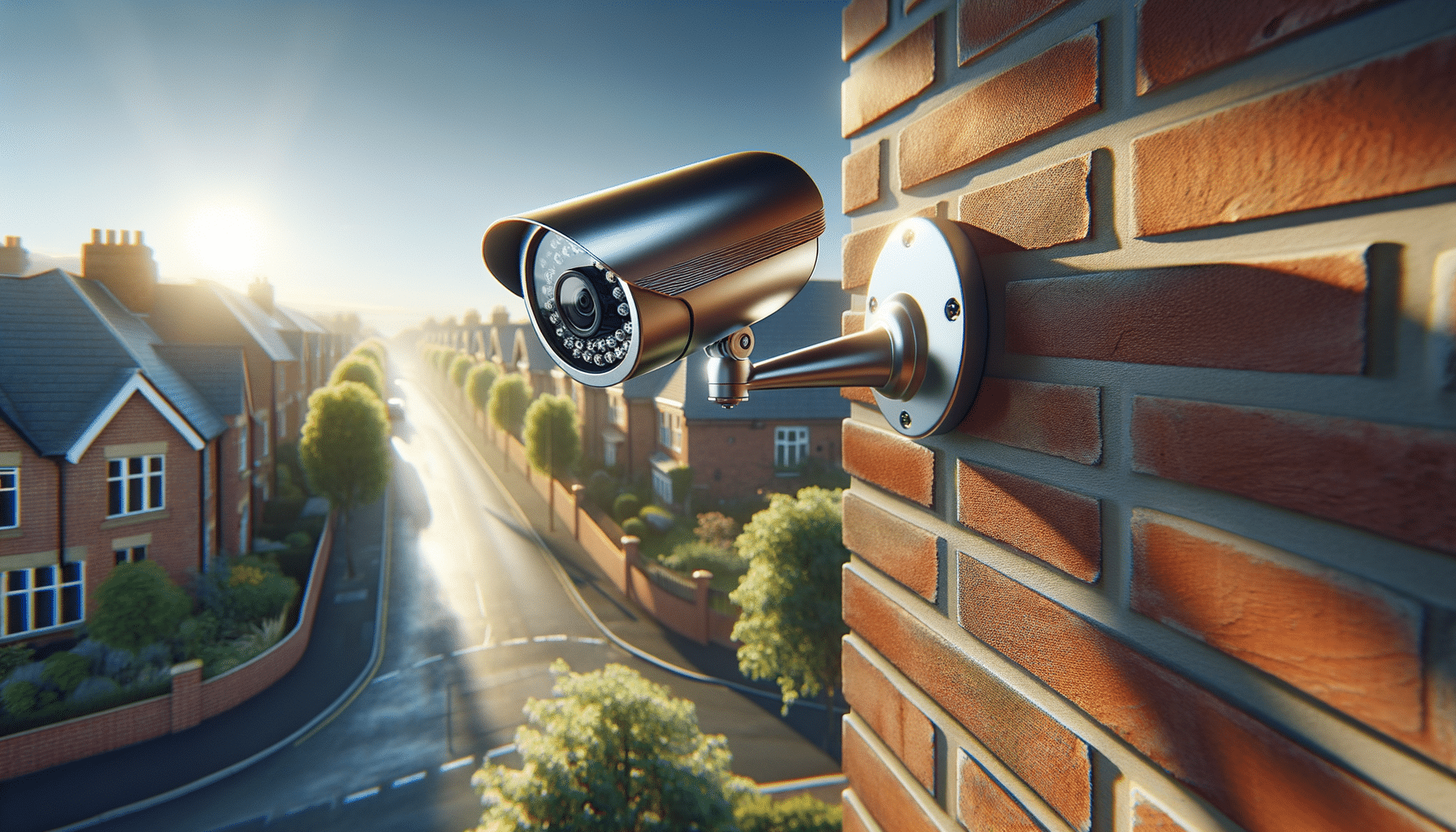
Enhancing Home Security with Modern Camera Systems
Introduction to Home Security Camera Systems
In today’s fast-paced world, ensuring the safety of our homes has become more critical than ever. Home security camera systems have emerged as a reliable solution to monitor and protect our living spaces. These systems not only deter potential intruders but also provide homeowners with peace of mind, knowing that their property is under constant surveillance. As technology advances, the features and capabilities of these systems continue to evolve, making them a crucial component of modern home security strategies.
Types of Home Security Camera Systems
There are various types of home security camera systems available, each designed to meet specific needs and preferences. Understanding the differences can help homeowners make informed decisions.
1. **Wired Cameras**: These systems are directly connected to a power source and a recording device. They offer stable, high-quality video feeds but can be challenging to install due to the need for extensive wiring.
2. **Wireless Cameras**: Utilizing Wi-Fi connections, these cameras are easier to install and offer flexibility in placement. However, they may experience connectivity issues if the Wi-Fi signal is weak.
3. **Indoor Cameras**: Specifically designed for monitoring indoor activities, these cameras are ideal for keeping an eye on children, pets, or vulnerable areas inside the home.
4. **Outdoor Cameras**: Built to withstand weather conditions, these cameras are perfect for securing the perimeter of a home. They often come with features like night vision and motion detection.
5. **Smart Cameras**: Equipped with advanced features such as facial recognition and integration with smart home systems, these cameras provide enhanced security through automation and remote access.
Key Features to Consider
When selecting a home security camera system, it’s essential to consider specific features that enhance functionality and ease of use.
1. **Resolution**: Higher resolution cameras offer clearer images, making it easier to identify faces and objects.
2. **Field of View**: A wide-angle lens can cover more area, reducing the number of cameras needed.
3. **Night Vision**: This feature allows cameras to capture clear footage in low-light conditions, crucial for nighttime surveillance.
4. **Motion Detection**: Cameras with this feature can alert homeowners to movement, reducing the need to monitor footage continuously.
5. **Two-Way Audio**: This allows homeowners to communicate with visitors or intruders through the camera system.
6. **Cloud Storage**: Storing footage in the cloud ensures that it is safe from local tampering or damage.
Installation and Maintenance
Proper installation and maintenance of home security camera systems are vital to ensure their effectiveness. Here are some tips to consider:
1. **Positioning**: Cameras should be placed at entry points such as doors and windows, as well as other vulnerable areas.
2. **Height and Angle**: Installing cameras at a higher vantage point can provide a better overview and prevent tampering.
3. **Regular Checks**: Routine maintenance, including cleaning lenses and checking connections, ensures optimal performance.
4. **Software Updates**: Keeping the system’s software up to date can protect against vulnerabilities and improve functionality.
Conclusion: The Future of Home Security
Home security camera systems play a crucial role in safeguarding our homes and loved ones. As technology continues to advance, these systems are becoming more sophisticated and accessible, offering features that were once considered futuristic. From high-resolution video to smart integration, today’s cameras provide comprehensive surveillance solutions tailored to individual needs. By investing in a reliable home security camera system, homeowners can enhance their overall security and enjoy peace of mind, knowing that their property is protected around the clock.


